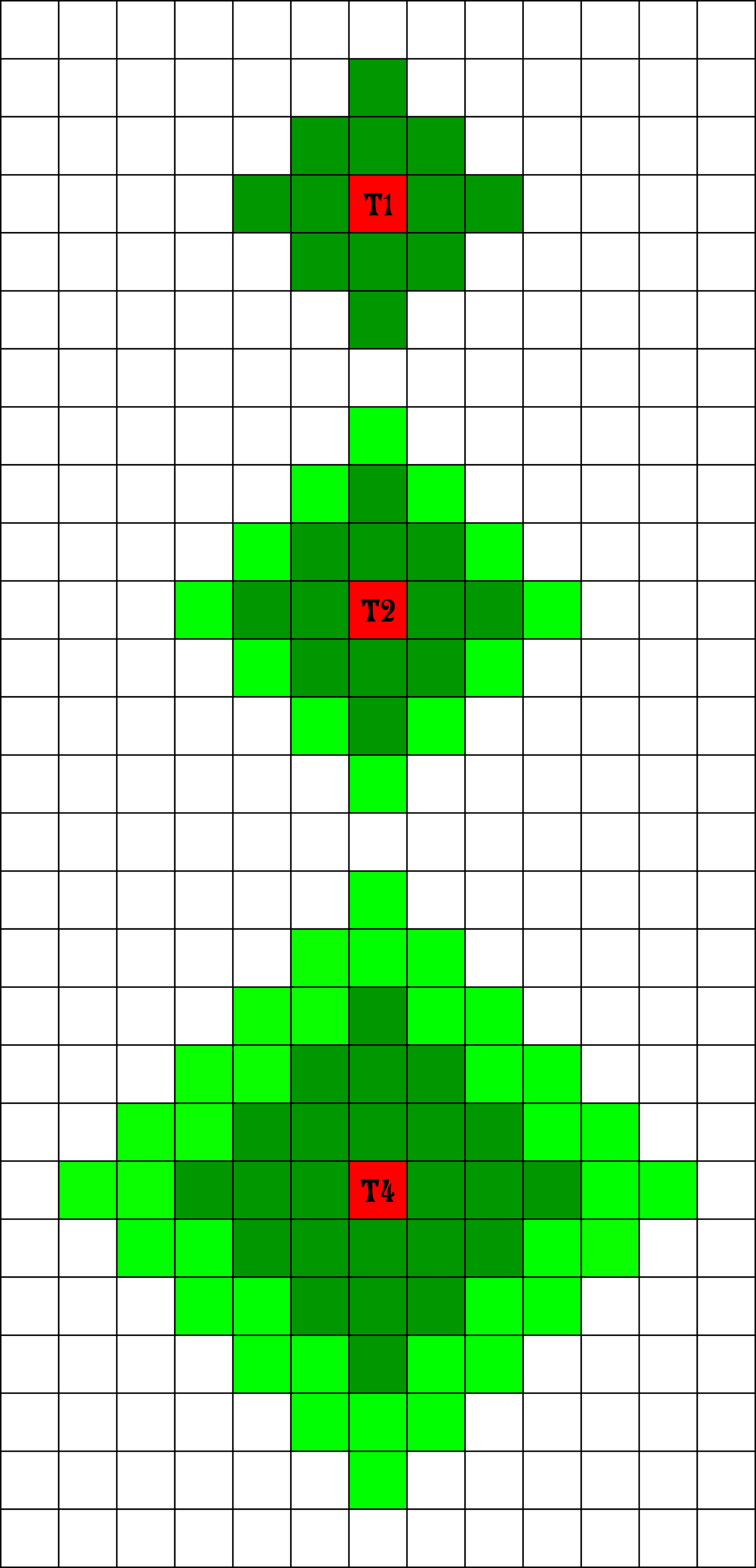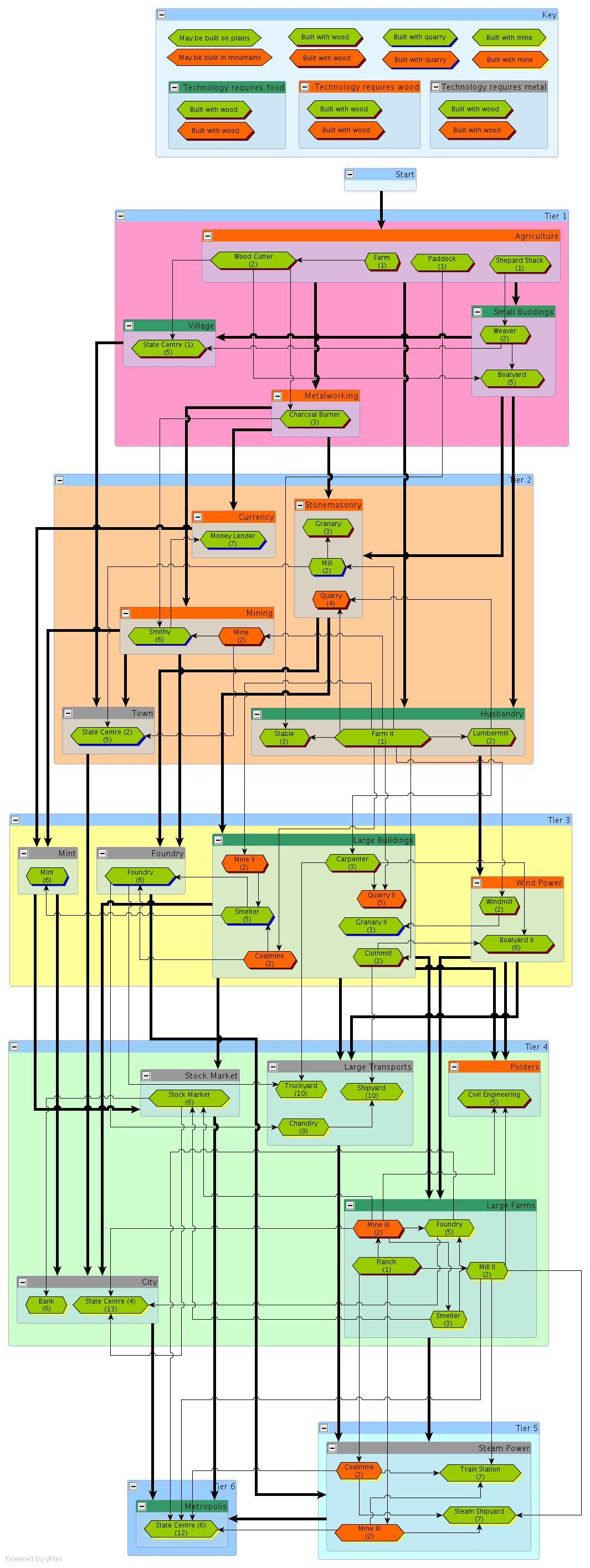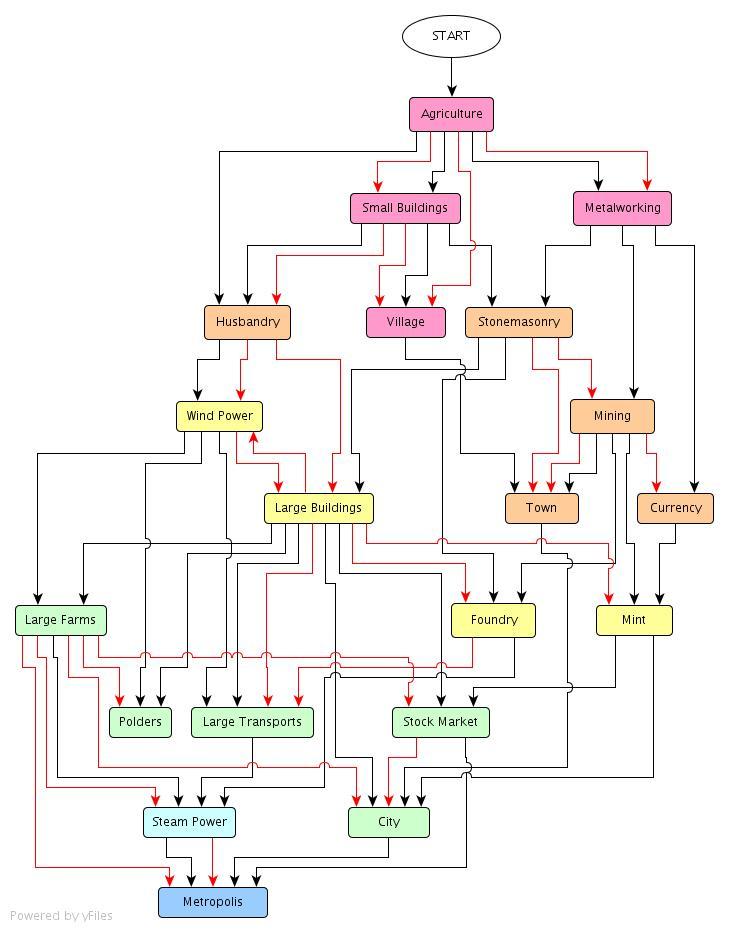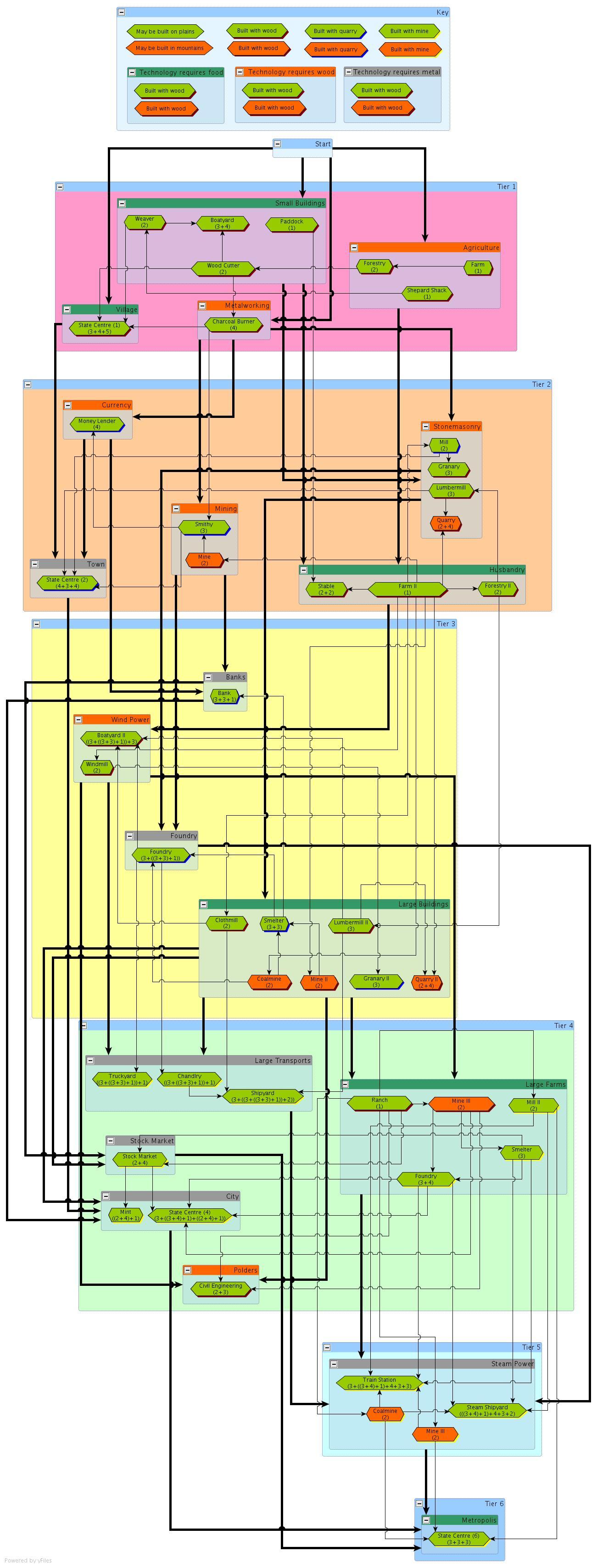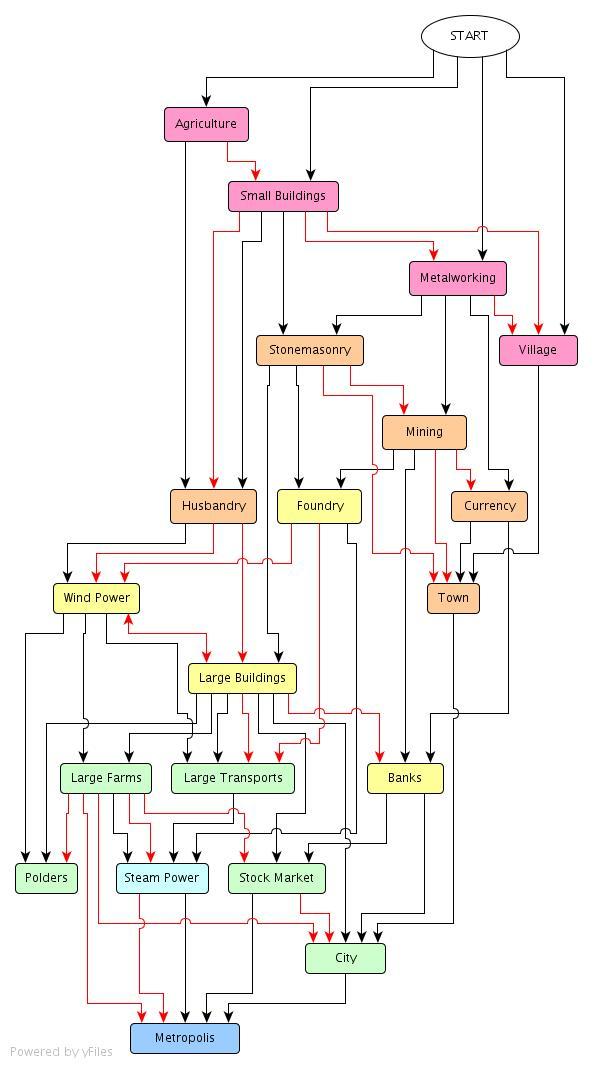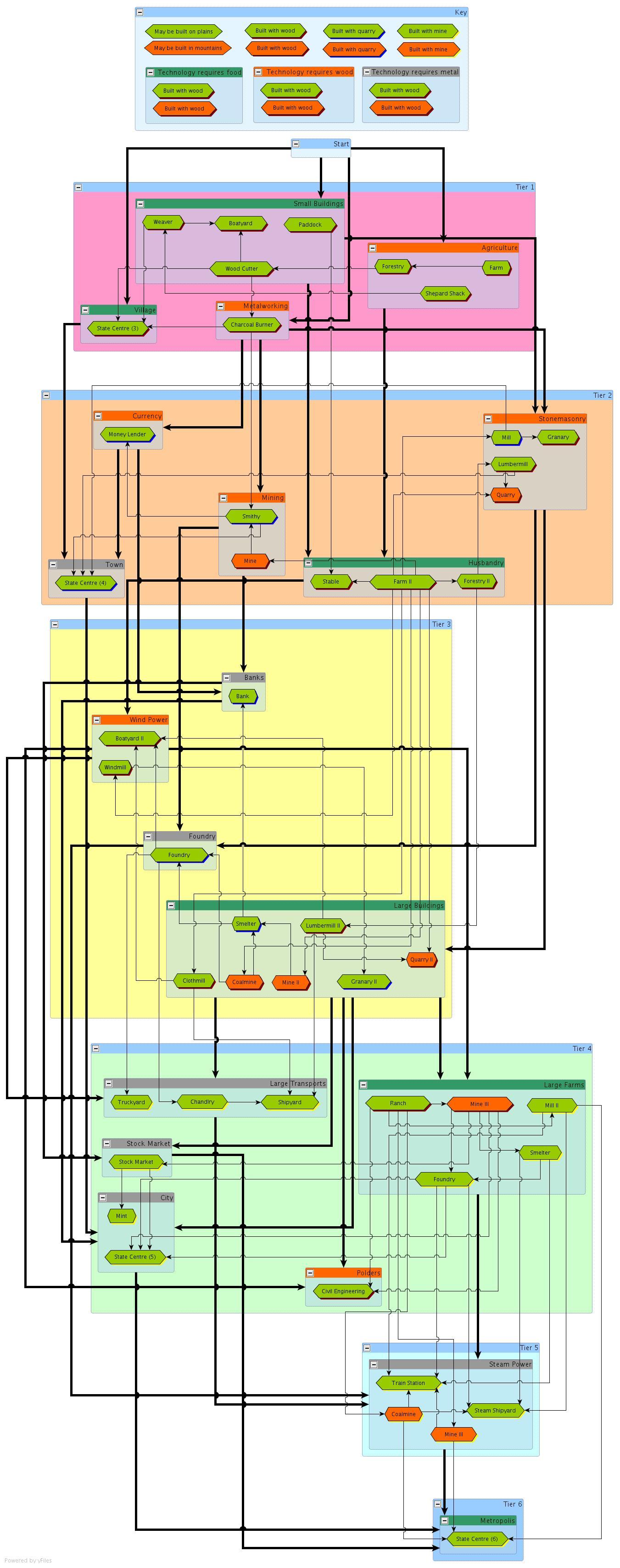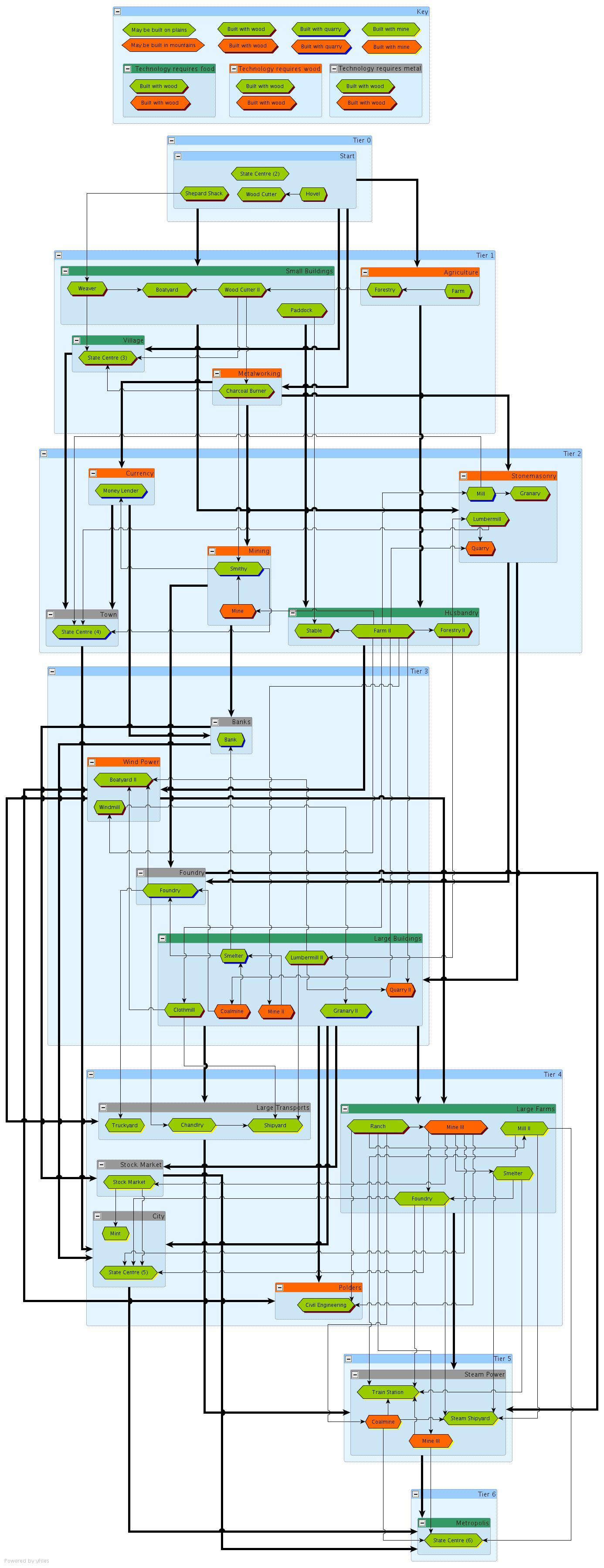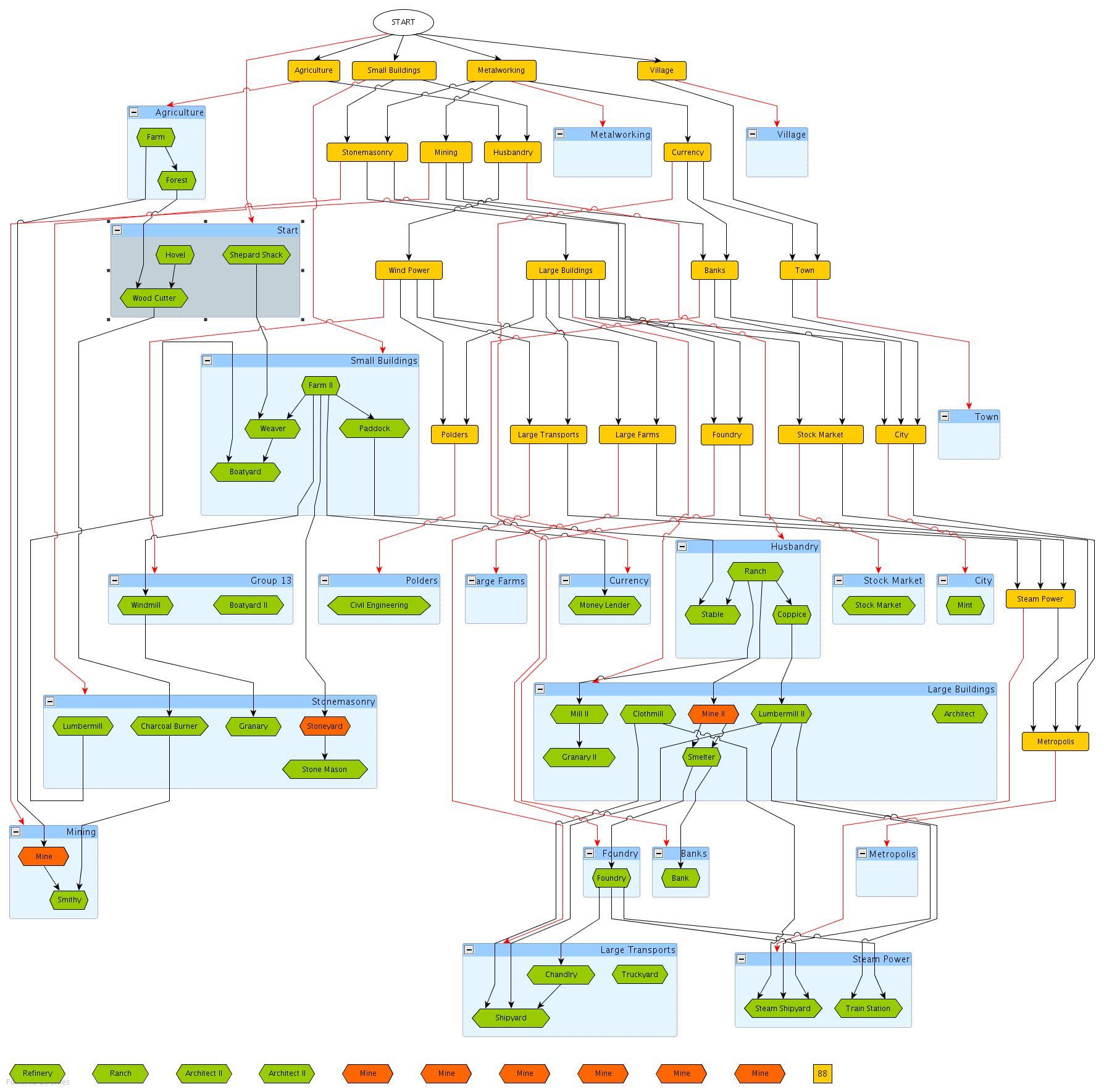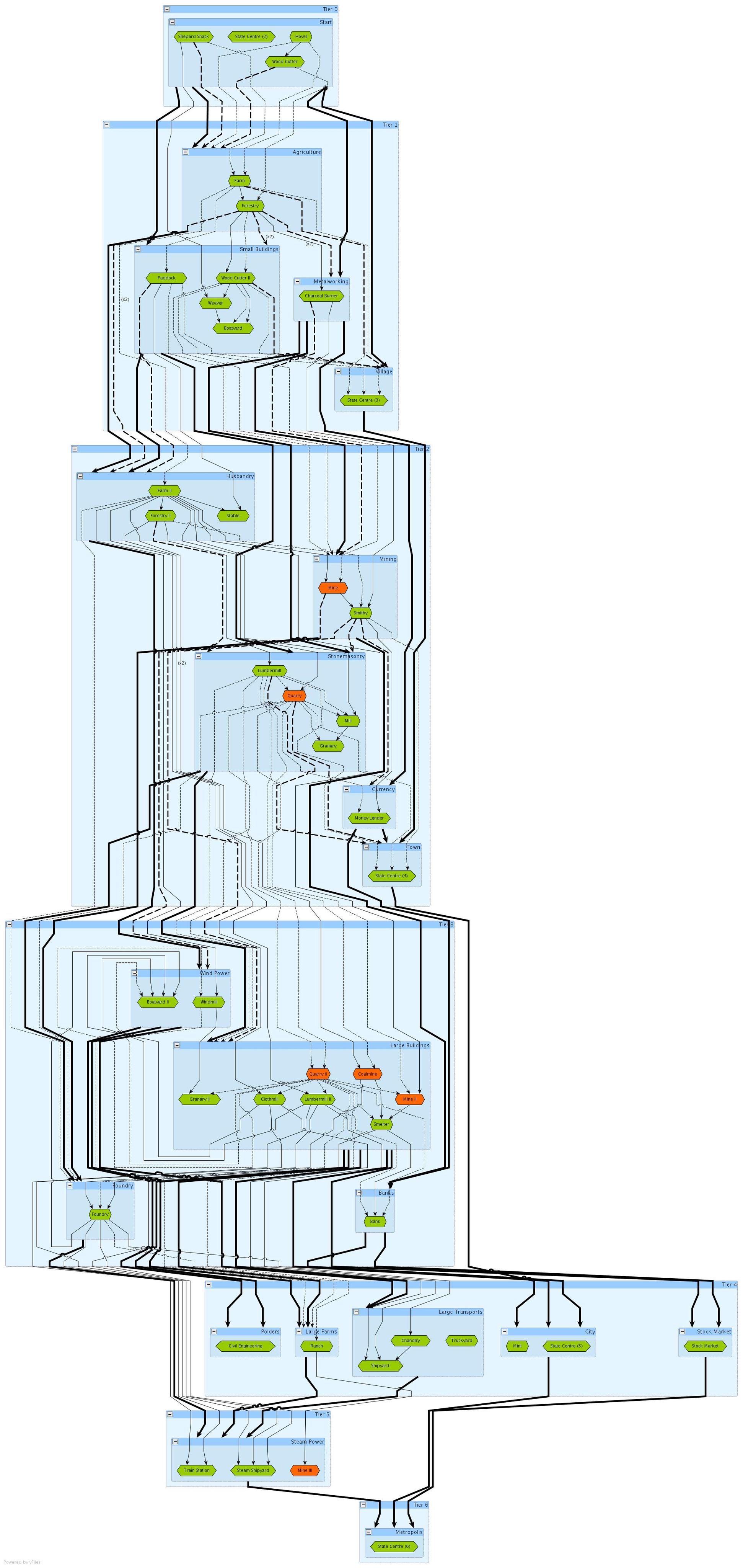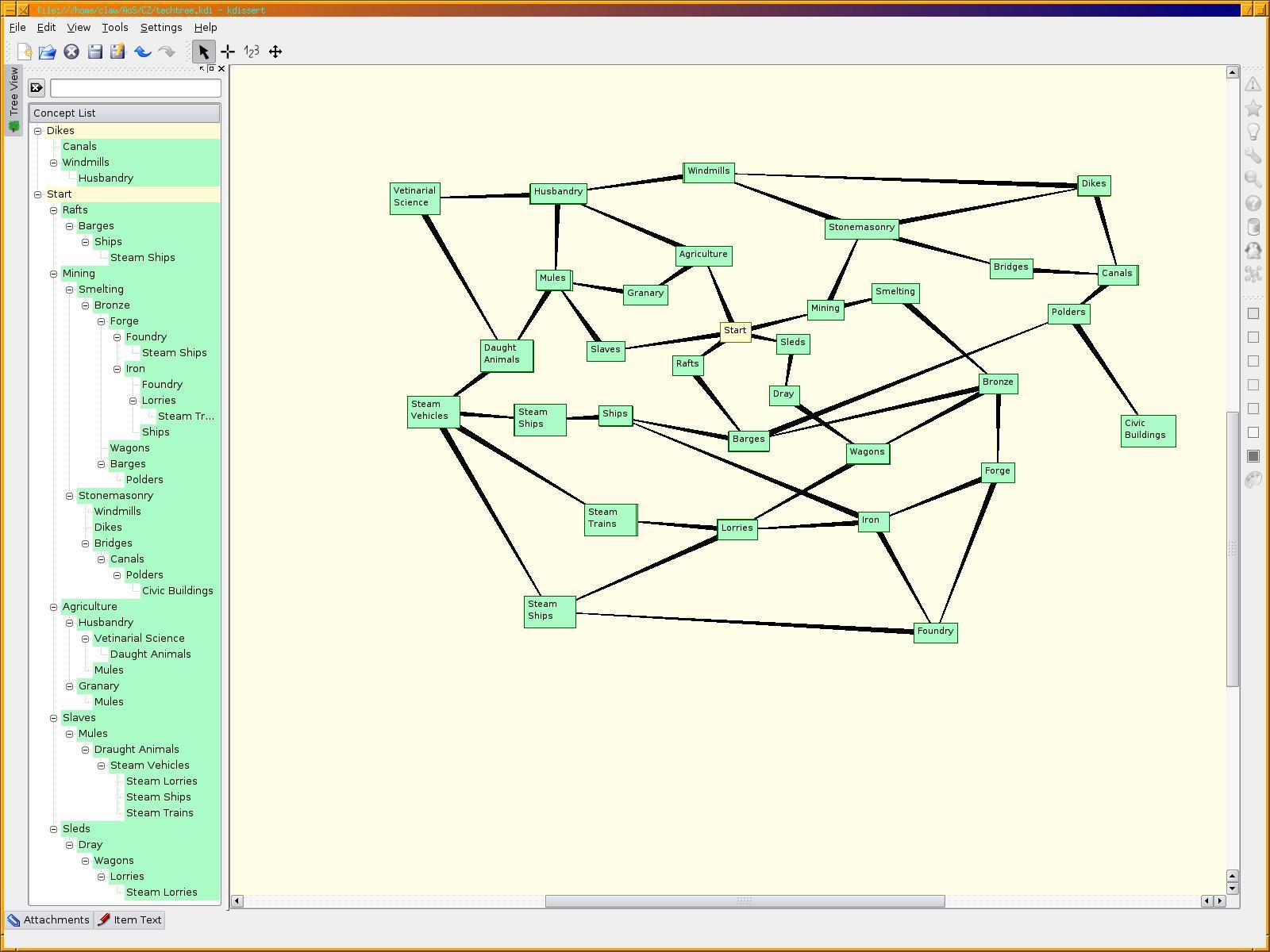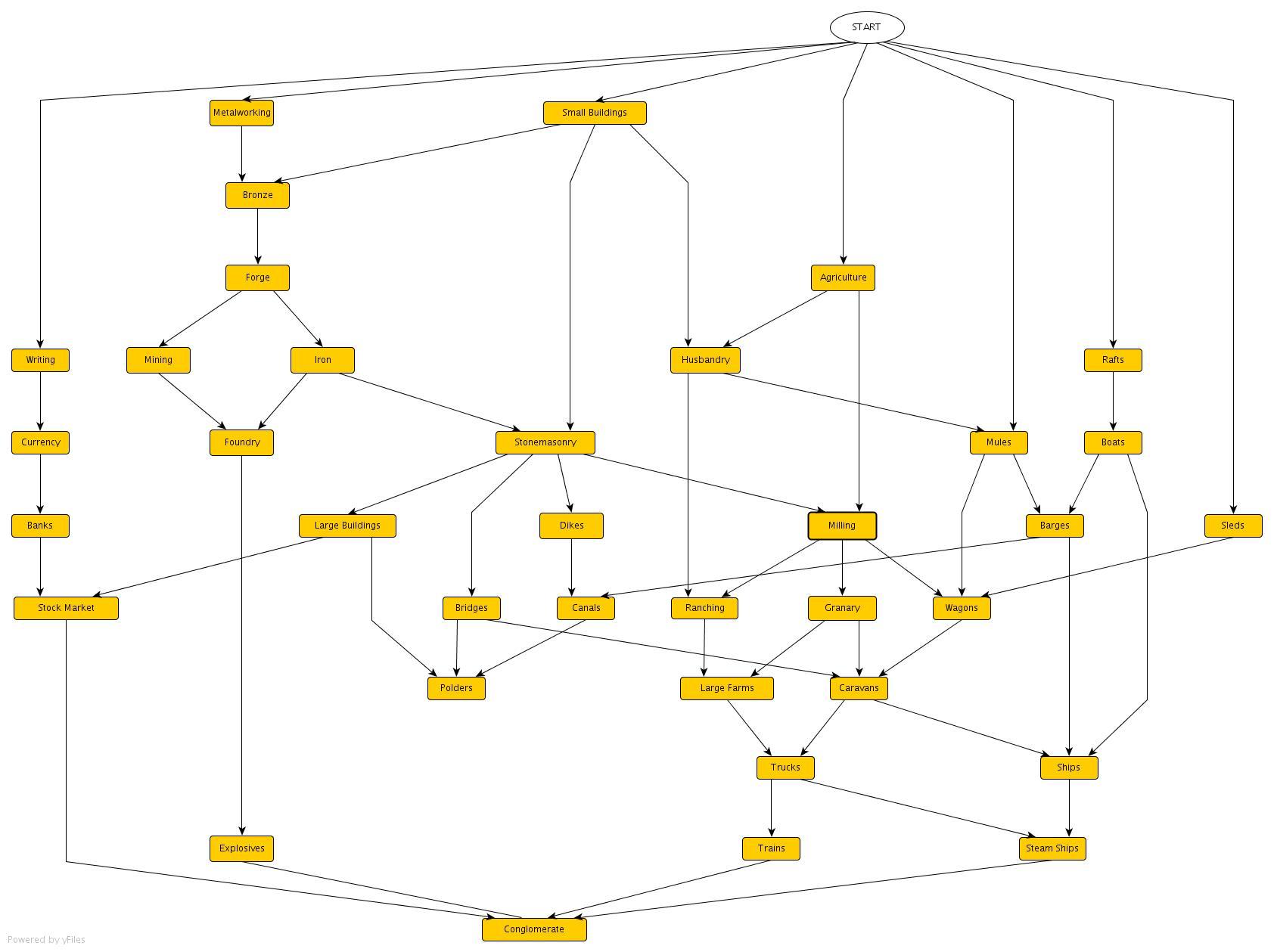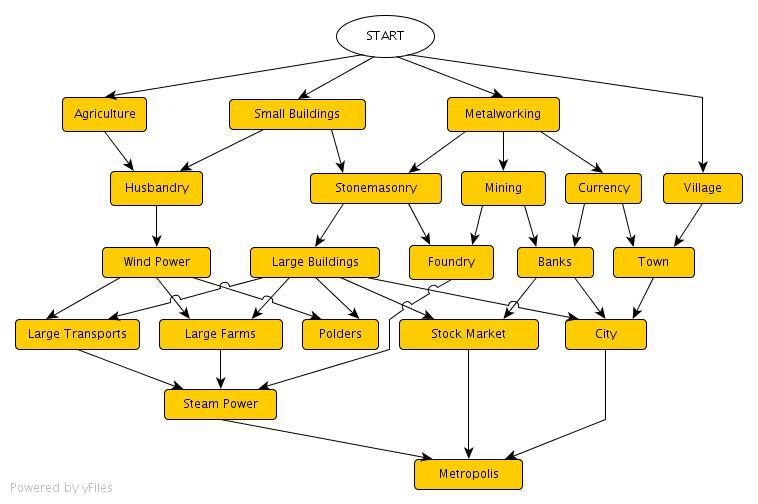Naming declavier
Seth Jaffey mentioned using tokens to track player investment in City States, each player having a limited supply and needing to allocate them judiciously. The idea has merit, but not I think where Seth was thinking.
A core problem with the current nascent design is transports in the mid and late game. There’s simply little to reason to build them as they’ll generally benefit others more than the builder. The core problem here is that by the early mid-game each player will already have established investment presence in all the City States, thus causing the end-game to devolve into a series of simple localised efficiency struggles. Having transport, aka communication, fall out so severely in the end-game is uninteresting and needs address.
Nothing determined yet, but I’m mostly musing along the following lines:
-
Players start with no/few tokens.
-
Players may opt to buy additional tokens at certain game events (probably building events?)
-
Players may assign tokens either to transport or to infrastructure in City States on specific game events (research/building?)
-
Players with transport tokens in a CS are paid cash every time transports are used, proportional to their plurality (land and sea differentiated?)
-
On tech upgrade of a City Centre the player with the least tokens plus any players within +2 tokens of that are cashed out of the city and paid cash proportional to the current value of the CS. All remaining players must then discard one token from the CS. Removed/discarded tokens are either returned to their players or perhaps discarded back to supply
-
On subsumption of a City Centre by another CS the players in the acting CS are rewarded with cash proportional to their token plurality and the value of the subsumed City Centre
